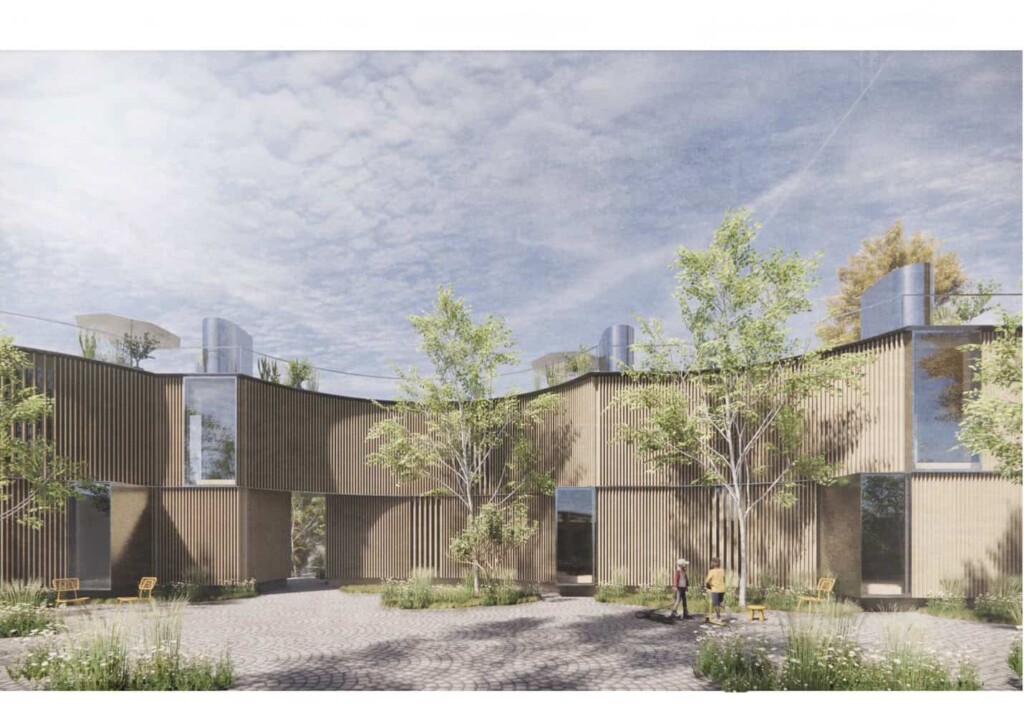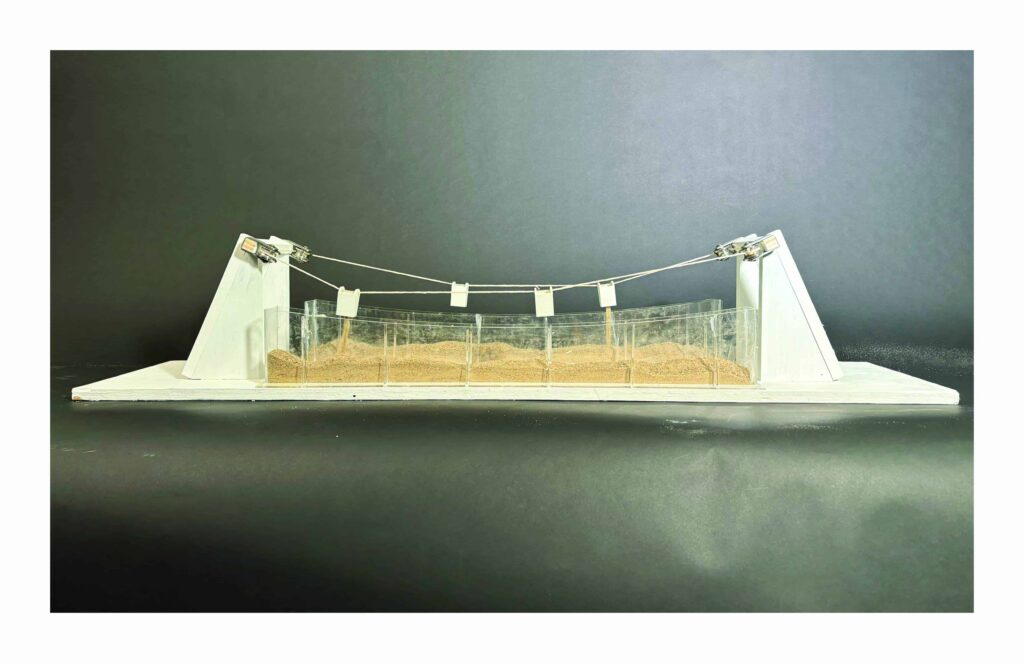Master of Architecture I AP
Master of Architecture I AP

Important Dates
Master of Architecture I AP
On this page
Individuals who have completed a pre-professional four-year Bachelor of Arts or Bachelor of Science degree with a major in architecture or environmental design may be eligible for admission with advanced standing, subject to the review of the admissions committee. Such applicants will be considered for placement in the third term of the program, thus reducing the required course of study to two-and-one-half years.
Applicants who are granted advanced standing must have completed the same preparation in college-level calculus, physics, and history as described in the previous section, as well as undergraduate courses that are roughly analogous to the course of study of the first year of the graduate program, demonstrating high achievement in design.
Program overview
Individuals admitted with advanced standing normally begin with the third term of the program and must complete a minimum of five terms of full-time study in residence. Under special circumstances, students may receive permission to reduce their course load and extend their studies over a longer period of time.
Please note that the MArch program is now designated as a STEM program. Accordingly, international students holding F-1 visas may be eligible for a 24-month Optional Practical Training (OPT) extension on top of their initial OPT of 12 months, for a total of 36 months, following graduation. Each F-1 student must petition United States Citizenship and Immigration Services to approve the 24-month STEM extension, and Harvard does not represent or warrant that USCIS will grant any individual petition.
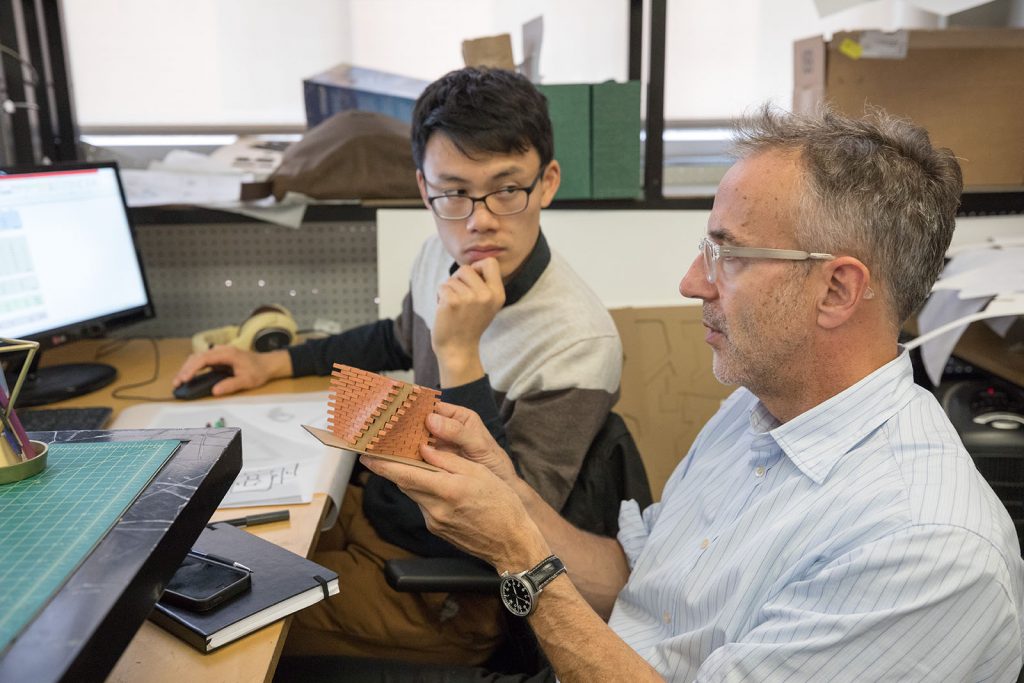
STU-1311
Frano Violich
In the United States, most registration boards require a degree from an accredited professional degree program as a prerequisite for licensure. The National Architectural Accrediting Board (NAAB), which is the sole agency authorized to accredit professional degree programs in architecture offered by institutions with U.S. regional accreditation, recognizes three types of degrees: the Bachelor of Architecture, the Master of Architecture, and the Doctor of Architecture. A program may be granted an eight-year term, an eight-year term with conditions, or a two-year term of continuing accreditation, or a three-year term of initial accreditation, depending on the extent of its conformance with established education standards.
Doctor of Architecture and Master of Architecture degree programs may require a non-accredited undergraduate degree in architecture for admission. However, the non-accredited degree is not, by itself, recognized as an accredited degree.
The Harvard University Graduate School of Design’s Department of Architecture offers the following NAAB accredited degree programs:
Master of Architecture (non-pre-professional degree + 105 graduate credit hours on the NAAB scale)
Note: this is equivalent to 140 units in the GSD course unit calculations.
Master of Architecture AP (pre-professional degree + 75 graduate credit hours on the NAAB scale)
Note: this is equivalent to 100 units in the GSD course unit calculations.
NAAB Conditions and Procedures for Accreditation
For more information, please visit the NAAB Accreditation Information and Resources page.

Student Projects
-

Relate, Relate, Relate: In the Age of Machine Learning
Henry Chung (MArch I AP ’24), Andrew Witt -
-
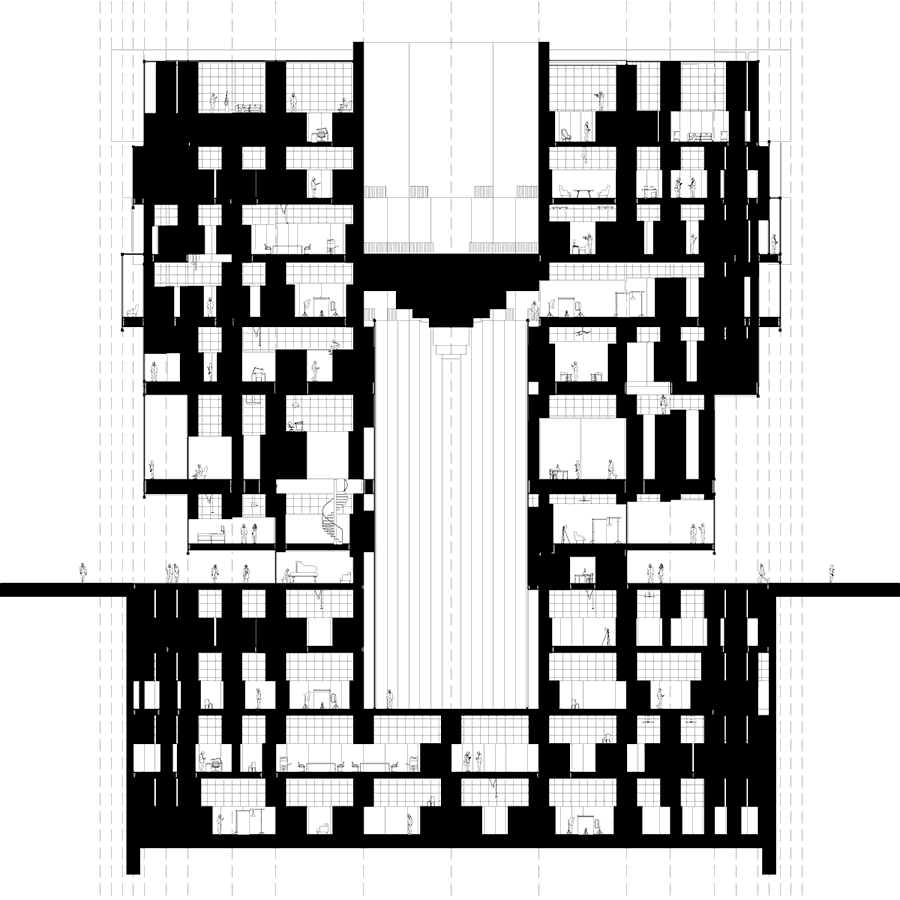
Stranger in Moscow: The Diplomatic Illusive
Ian Miley (MArch I AP '20), Andrew Witt, John May -
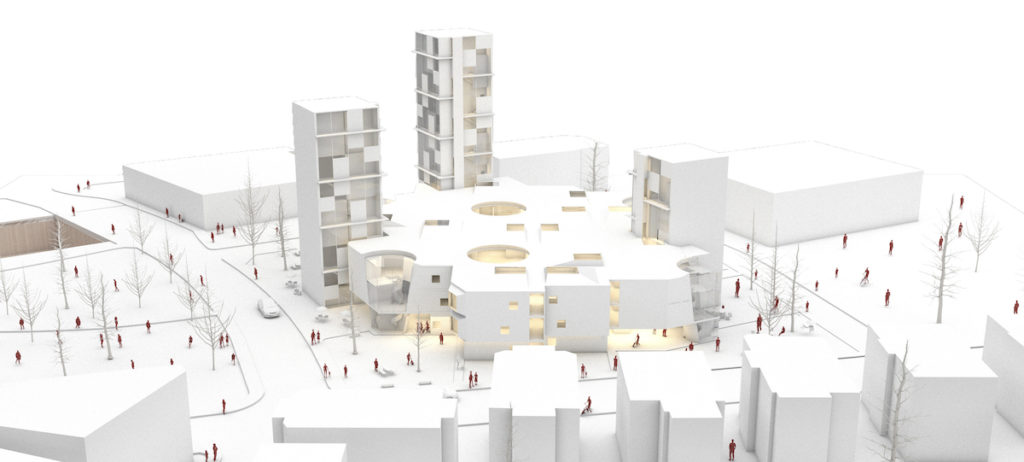
A House is Not a Home
Qin Ye Chen (MArch I ’22), Yiwen Wang (MArch I AP '22), Megan Panzano -

Surface of Confluence, An Infrastructural Museum on the National Mall
Zi Meng (MArch I AP '21), Grace La, James Dallman -

A Giant Among Us
Son Vu (MArch I '21), Alex Yueyan Li (MArch I AP '21)
Master in Real Estate
Master in Real Estate

Important Dates
Master in Real Estate
The Master in Real Estate is a 12-month degree that teaches individuals how to acquire or sharpen traditional skills and knowledge required of every real estate professional while simultaneously understanding how well-designed real estate can advance beneficial spatial, social, and environmental outcomes in cities and metropolitan areas worldwide. Through a multidisciplinary curriculum of in-residence required and elective courses and a concluding two-month off-campus practicum within a private or public real estate organization, students learn about finance, development, asset management, design, planning, law, social and environmental considerations, project and construction management, new technologies including AI, politics, public-private partnerships, entrepreneurship, negotiation, leadership, and other skills and subjects essential to the practice of present and future real estate.
The placement of the MRE degree within Harvard’s Graduate School of Design and its Department of Urban Planning and Design reflects the reality that real estate is a physical thing designed by many hands. MRE students significantly benefit from learning within one of the largest design schools in the world, with its 200 or so faculty members and over 1,000 graduate students and international presence. The Department of Urban Planning and Design is particularly well-suited to host the MRE degree program, with leading scholars and practitioners who teach courses about real estate and related subjects such as land use and environmental law, urban design and planning, housing, transportation, international development, healthy cities, and new towns, among many other subjects.
program overview
Harvard is more than the Graduate School of Design. There are 12 additional graduate and professional schools, along with the College, that together weave a rich tapestry of relevant courses and resources. Like all Harvard students, MRE students enjoy cross-registration privileges that enable them to take eligible courses at the Harvard Business School, the Kennedy School, the Law School, the T.H. Chan School of Public Health, the John A. Paulson School of Engineering and Applied Sciences, the College, and other Harvard graduate schools. Students may also cross-register in eligible classes at MIT.
The professional schools are supplemented by centers and institutes that sponsor conferences, guest speakers, research, and fellowships. The Joint Center for Housing Studies , co-administered by the GSD and the Kennedy School, publishes the heavily cited annual “State of the Nation’s Housing” report and enjoys long-standing relationships with some of the world’s largest housing developers, owners, and managers. Working from its specially designed and constructed HouseZero building, the GSD’s own Center for Green Buildings and Cities produces research on how existing buildings can dramatically reduce their energy footprints. Other Harvard centers and initiatives such as The Salata Institute for Climate and Sustainability , the Center for the Environment (part of the Salata Institute), the Taubman Center for State and Local Government , and the Bloomberg Harvard City Leadership Initiative sponsor many public programs with particular relevance to real estate study and practice.
The MRE program provides robust career assistance that starts with networking and continues with connecting. A dedicated MRE faculty member has the task of overseeing career help from faculty, alumni, and friends of the program. Most MRE faculty members are well-known practitioners who enjoy strong relationships with real estate organizations and individuals worldwide. Leading real estate practitioners regularly visit the program, give presentations, and meet privately with students over meals and other informal settings. A student-run Harvard GSD Real Estate Club co-sponsors with its Harvard Business and Law School counterparts an annual spring real estate conference. The Harvard Alumni Real Estate Board and the Harvard Real Estate Alumni Organization tap into Harvard’s vast alumni base of real estate professionals. The Practicum, while not designed to generate job offers, nevertheless does from time to time and furthermore connects students with other industry players.
MRE graduates are prepared to assume a wide variety of positions in private for-profit, private not-for-profit, and public entities engaged in real estate endeavors around the world. Typical employers include developers, asset managers, private equity firms, project and construction managers, community development corporations, family offices, affordable housing developers and managers, governments and quasi-public agencies, real estate advisory and consulting firms, and anchor institutions such as universities and medical institutions. Some MRE graduates choose to set off on their own entrepreneurial path. Others return to the organizations where they worked prior to matriculation, but with opportunities for promotion and new directions. After graduating, the range of employment categories is broad and has included: Acquisitions, Asset Management, Development, Planning and Design, Private Equity/Investment Banking, Real Estate Advisory, and Technology.
The MRE program is a designated STEM program. Accordingly, international students holding F-1 visas may be eligible for a 24-month Optional Practical Training (OPT) extension on top of their initial OPT of 12 months, for a total of 36 months following graduation. Each F-1 student must petition United States Citizenship and Immigration Services to approve the 24-month STEM extension, and Harvard does not represent or warrant that USCIS will grant any individual petition.
In the fall of 2020, Dean Sarah Whiting initiated a process to investigate the possibility of introducing a master’s degree in real estate at the Graduate School of Design. She asked Urban Planning and Design Professor Jerold Kayden, who subsequently became the degree’s Founding Director, to prepare, in consultation with faculty, students, alumni, and scholars and practitioners, a proposal that would describe the degree’s mission, curriculum, faculty, student backgrounds, and other relevant features. That degree proposal was submitted to and approved by the GSD’s voting faculty in the spring of 2021, advanced to the President and Provost of Harvard during the summer, and ultimately approved by the Harvard Corporation in December of 2021. Applications to the program commenced in the fall of 2022. The inaugural class matriculated in the fall of 2023 and graduated in the summer of 2024. The program is now hosting its third cohort of students. Between alumni and current students, the total number of MRE students is around 115.
student Projects
-
-
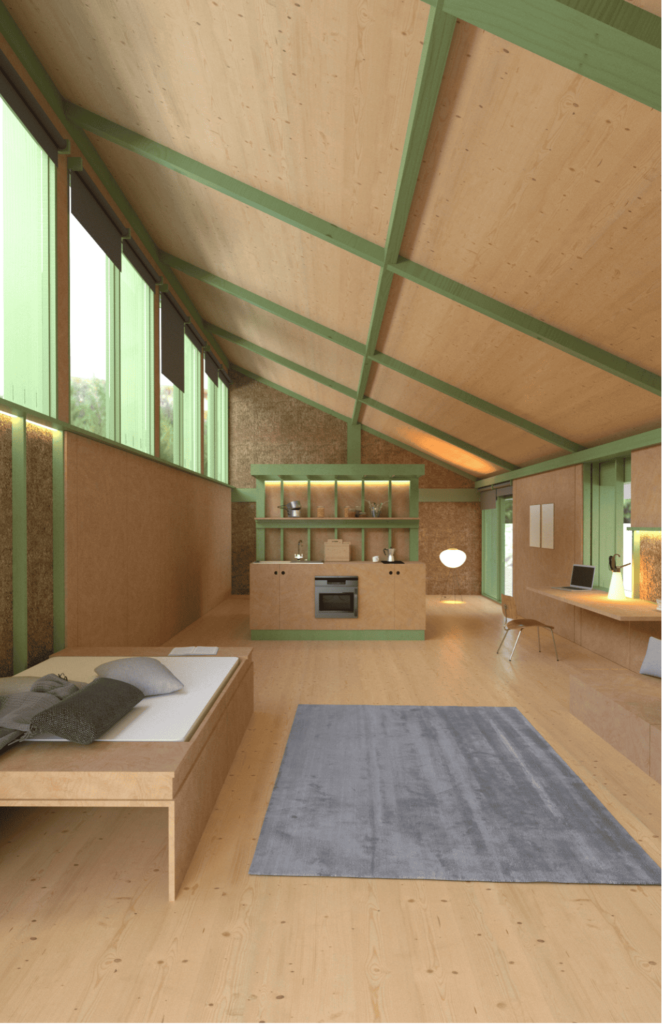
Infilling with Outbuildings
Nicky Rhodes (MArch I '26), Ian Erickson (MArch I '25), Nathan Lowrey (MRE '26), Vincent Jackow (MArch/MIT) -
![Monterrey’s Urban [River] Forest: Improving Microclimatic Conditions through Public-Private Partnership Vertical Development](https://www.gsd.harvard.edu/wp-content/uploads/2024/07/Monterrey-Urban-River-Forest_PlimptonPoorvuPrize2024_Submission-1_Page_01_2-1024x663.jpg)
Monterrey’s Urban [River] Forest: Improving Microclimatic Conditions through Public-Private Partnership Vertical Development
Miguel Lantigua Inoa (MArch II/MLA AP ’24), Jaime Espinoza (MRE ’25), Chris James (MRE ’25) -

SILVERLINE: A New Model for Data Centers in the Age of AI: Verticalities at the Edge of the Cloud
Ben Parker, Christopher Oh, Ziyang Dong, Jasmine Ibrahim, Thomas Oslund, Catherine Murray -

The Gansevoort: Design for Longevity
Xinxin Cheryl Lin (MArch II ’24), Vivian Cheng (MAUD ’23), Pinyang Paul Chen (MRE ’24/MLAUD ’23), Ben van Berkel, Dana Behrman
Master in Urban Planning
Master in Urban Planning

Important Dates
Master in Urban Planning
Accredited by the Planning Accreditation Board and open to students with an undergraduate degree, the two-year professional Master in Urban Planning (MUP) degree program engages with critical issues facing cities and regions in coming decades
program overview
Drawing on the strengths of the department, school, and university, GSD planning students learn how to understand, analyze, and influence the variety of forces—social, economic, cultural, legal, political, ecological, and aesthetic, among others—shaping the built environment. Four key areas of concern animate the learning environment: how planning can manage change in complex environments; dealing with multiple scales and systems; engaging ethically with problems now and in the future; and planning as an active practice where implementation matters.
A two-year enrollment of roughly 80 students and a core, interdisciplinary faculty of scholars and practitioners generate an intimate, engaged educational atmosphere in which students acquire the knowledge and skills necessary for leadership positions in their future professional careers.
The planning program administers joint degree programs with the Law School, the Harvard Kennedy School, and the Harvard Chan School of Public Health. Planning students often cross-register in courses offered by the Faculty of Arts and Sciences, the Kennedy School, and the schools of business, law, education, engineering, and public health. Students in the urban planning program also take courses offered by the GSD’s other degree programs in architecture, landscape architecture, urban design, design studies, and design engineering. They can cross-register in courses offered by the neighboring Massachusetts Institute of Technology.
The Loeb Fellowship program is a terrific resource for students, bringing mid-career professionals, many of them in planning and related areas, to the GSD for a year. Each year, the Lincoln Institute for Land Policy , collaborating with the American Planning Association and Harvard, convenes planning directors from the 30 largest cities in the U.S. to discuss emerging issues. Urban planning students interact with the directors informally and in a classroom setting.
Studio, thesis, and class projects link students to communities in the Boston area and beyond. The school’s Community Service Fellowship Program (CSFP) provides both summer internships in the U.S. and small overseas travel grants. Various Harvard units provide summer and winter opportunities relevant to urban planning students, including the Rappaport Public Policy Summer Fellowship , Edward M. Gramlich Fellowship in Community and Economic Development , and Presidential Public Service Fellowships . There is also funding for research travel (e.g., thesis data collection) or independent internships in Latin America, Africa, South Asia, and elsewhere.
Four terms of full-time study in residence are normally required for award of the degree. Under special circumstances, students may receive permission to reduce their course loads and extend their studies over a longer period of time. Concurrent and joint degree candidates must consult the rules governing concurrent and joint degrees for information on residency requirements.
Please note that the MUP program is designated as a STEM program. Accordingly, international students holding F-1 visas may be eligible for a 24-month Optional Practical Training (OPT) extension on top of their initial OPT of 12 months, for a total of 36 months, following graduation. Each F-1 student must petition United States Citizenship and Immigration Services to approve the 24-month STEM extension, and Harvard does not represent or warrant that USCIS will grant any individual petition.
The Master of Urban Planning (MUP) program, combined with practical experience and the AICP exam, leads to professional certification from the American Institute of Certified Planners. Harvard has not determined whether the program meets the educational requirements for professional licensure in any state other than Massachusetts.
Organizations both big and small worldwide are interested in GSD students and alumni. Urban planning training brings a wealth of knowledge and transferable skills outside of traditional practice to many industries, including but not limited to consulting, planning, government, higher education, non-profits, and other public and private institutions in the United States and internationally.
StudenT projects
-

After Snow: The Case for an Alpine Public
Cory Robinson Page (MLA I/MUP ’25), Kira Clingen -

VEILED VISIBILITY: SPATIAL MEMORY AND QUEER IDENTITY IN SHINJUKU NI-CHōME
Mike Kaneshiro Chou (MUP/MPH ’25), Dana McKinney White, Peter Rowe -

Chemical Occupations: Anti-Colonial Reactions in the Desert
Issam Azzam, Rosalea Monacella -
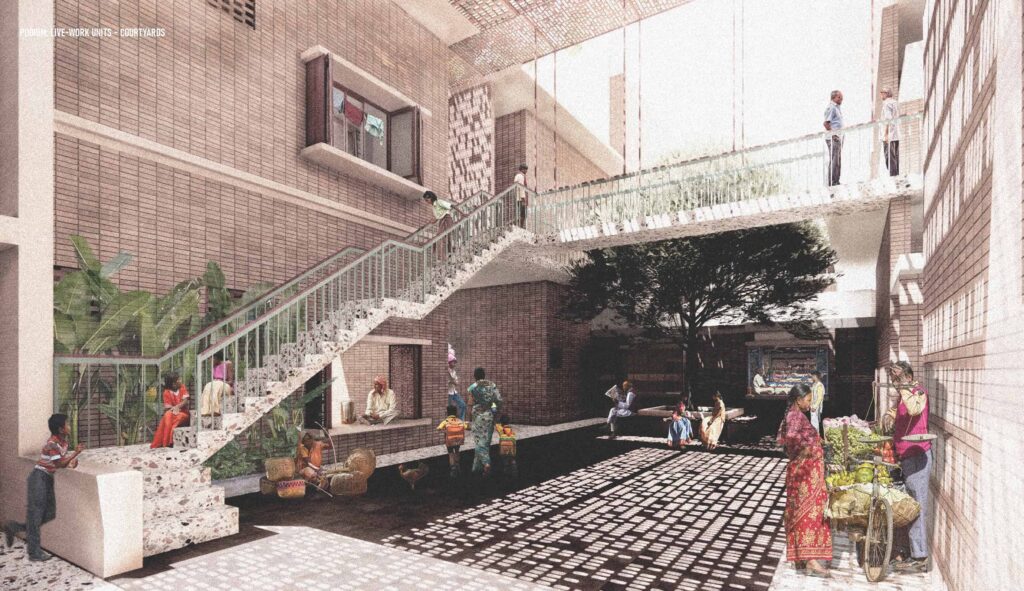
Mumbai INformal
Kiara Nahomy Wong Siu (MAUD '25), Teresa Ka Weng Lai (MAUD '25), Henry Black (MUP '26), R. Kofi Boakye Bempong (MUP/MPA '26) -
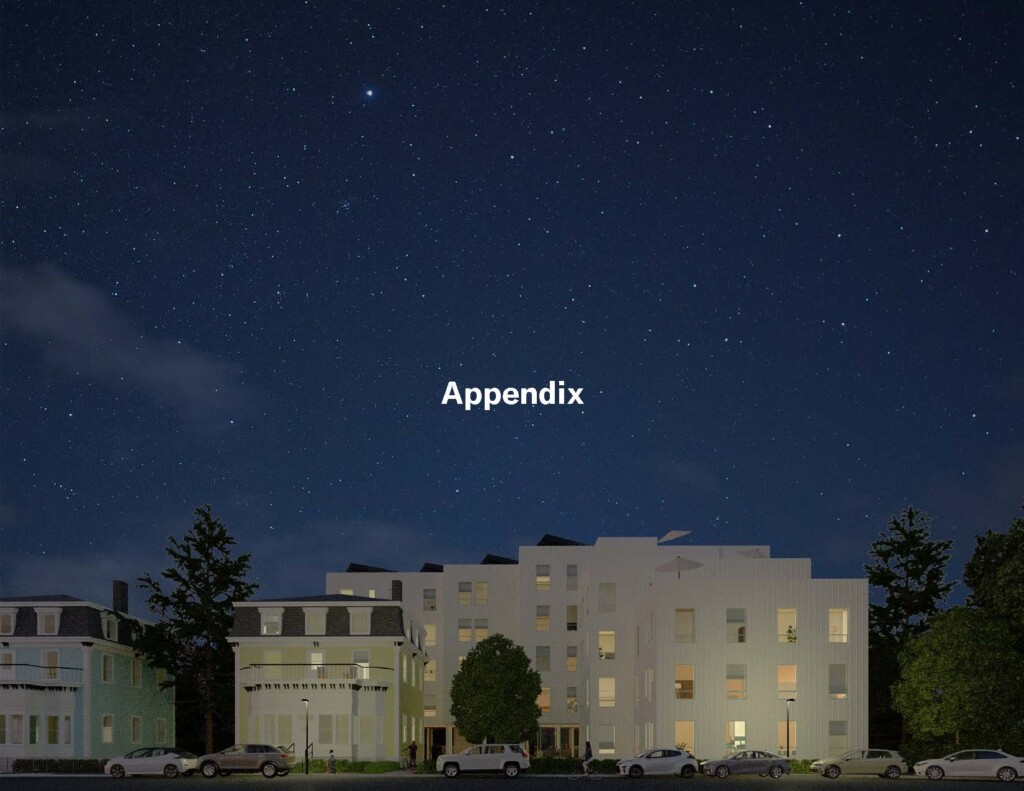
Walnut Park Place: Affordable Ownership Opportunities for the Egleston Square Community
Aaron Smithson (MArch/MUP '25), Cat Chen (MArch '25), Maggie Weese (MUP/MPH '24) -
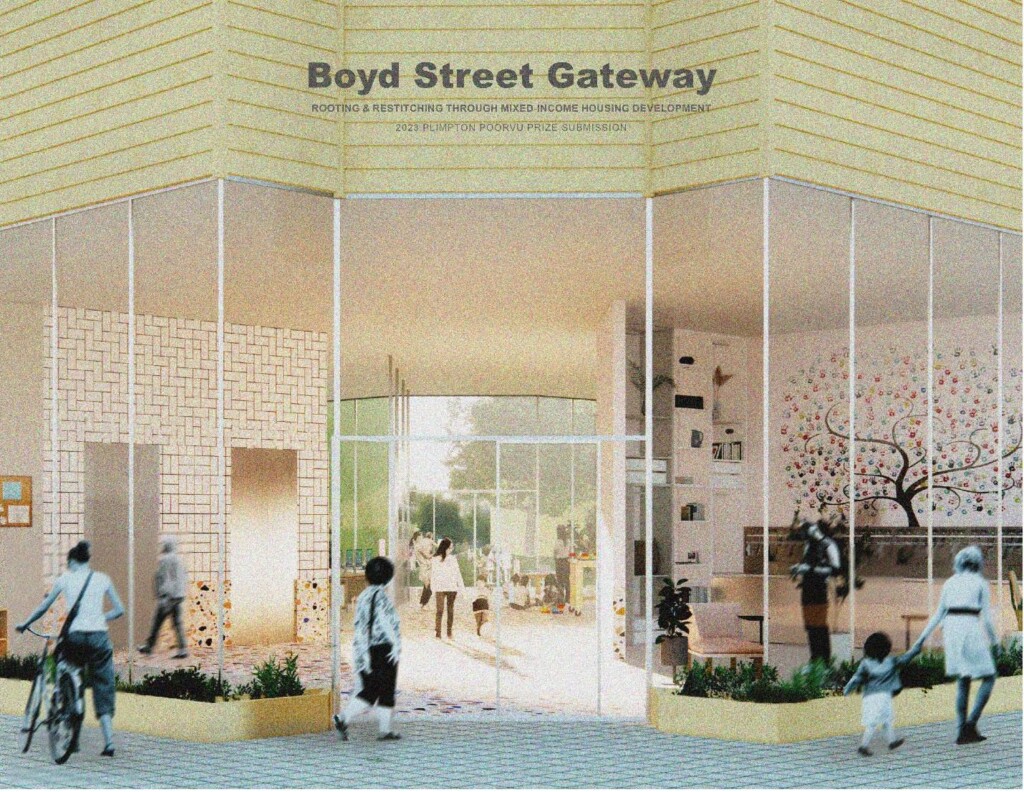
Boyd Street Gateway
Maddie Farrer (MArch I '25), Madeleine Levin (MUP '23), Arielle Rawlings (MUP '23), Edward Marchant -

Truly, Oregon! Empower Lloyd Center, Portland, OR
Heejin Park (MAUD ’23), Terry Kim (MUP ’23), Aelin Shaoyu Li (MDes ’24), Claire Tham (MUP ’23), Li Zhou (MDes ’23), Richard Peiser -

Our History is our Resource: Historic Narrative as Urban Planning Strategy in Chicago’s Pullman Neighborhood
Michael Zajakowski Uhll (MUP '23), Rachel Meltzer -
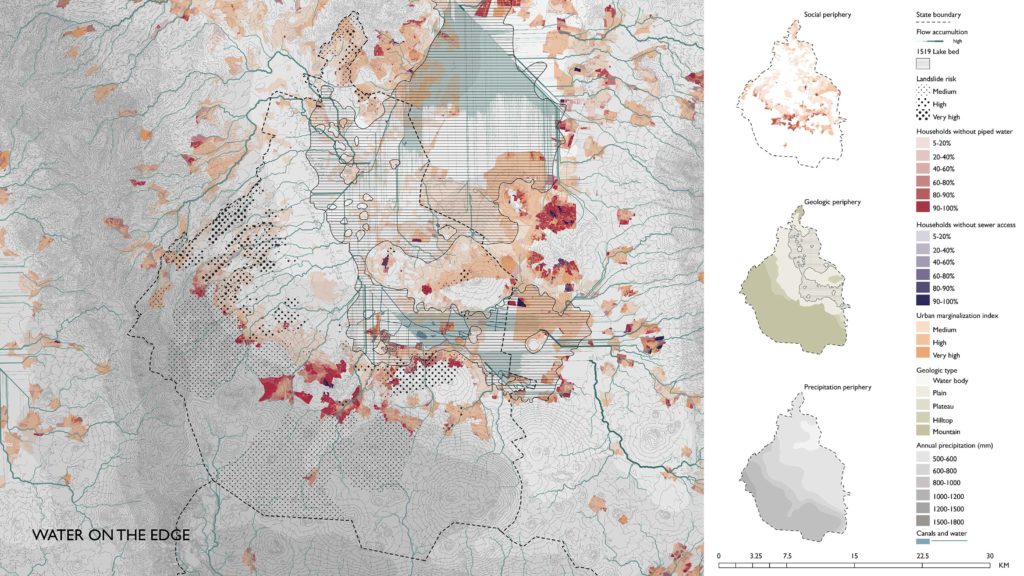
Water at the Edge: Towards Water Independence for Mexico City’s INFONAVIT Housing
Ciara Stein (MLA I/MUP ’21), Montserrat Bonvehi Rosich, Seth Denizen -
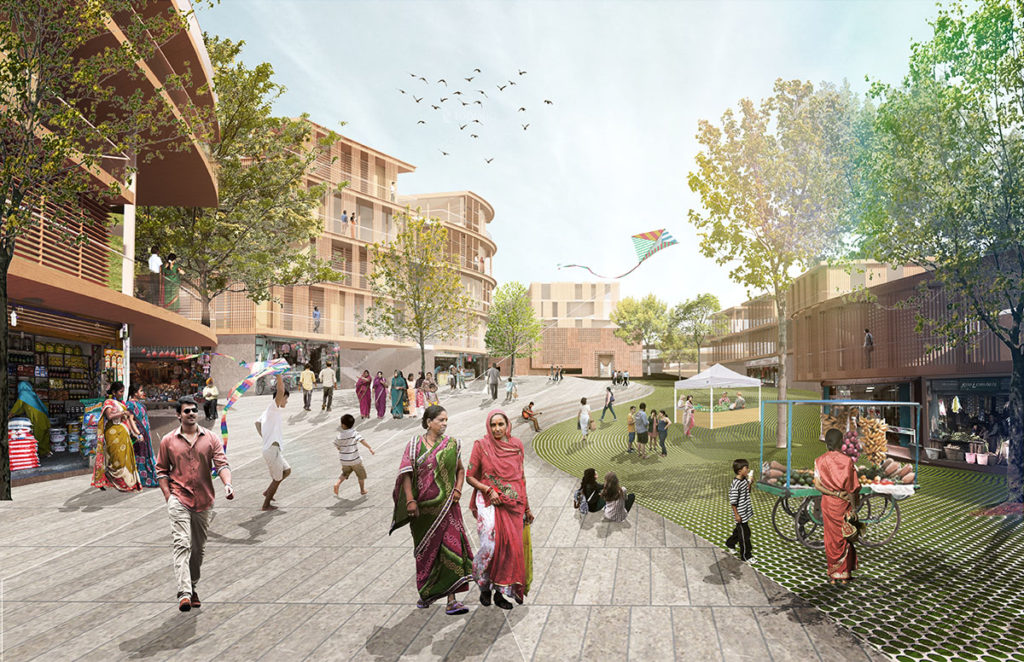
Dolvi Township Project
Andriani Wira Atmadja (MUP ’21), Nadege Giraudet (MArch I ’21), Richard Peiser
Master of Architecture I
Master of Architecture I
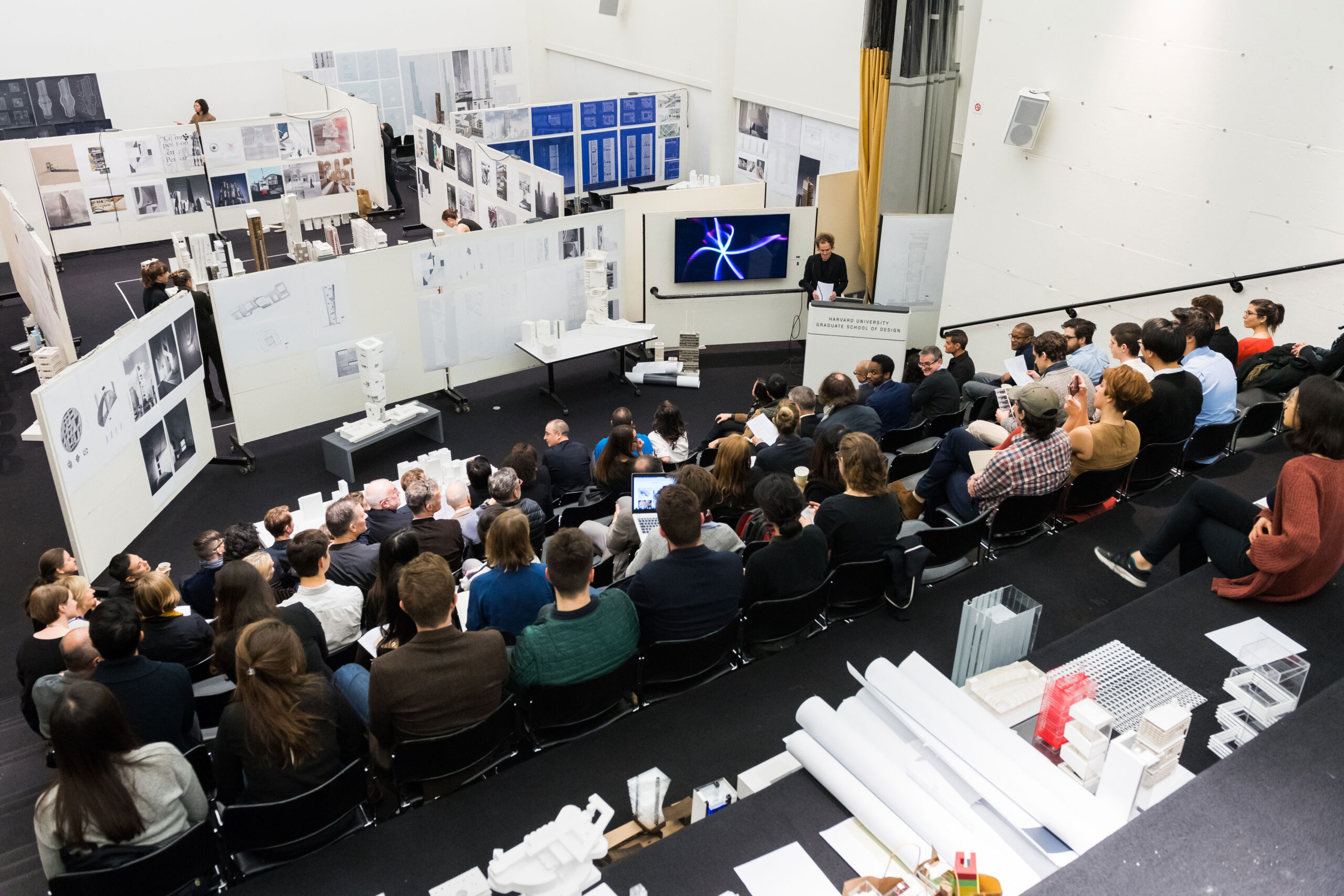
Important Dates
Master of Architecture I
On this page
The program leading to the Master of Architecture (MArch) is an accredited professional degree intended for individuals who have completed the bachelor’s degree with a major other than one of the design professions or with a pre-professional undergraduate major in one of the design professions.
The course of study is rigorous and comprehensive, preparing graduates for the full range of professional activities in the field of architecture. It provides a solid intellectual base of knowledge in history, theory, technology, the social environment, and professional practice. Particular emphasis is given to developing mastery of design through an intensive series of design studio courses. Committed to developing independent thinking and resolving design issues, students are required to prepare a design thesis that serves as a transition from graduate school to professional practice. To attain registration for professional practice after completion of the degree, a candidate must complete an internship in an architectural office and pass a registration examination. Many students partially complete their internships during the summer while in graduate school.
Program overview
Admission with No Previous Professional Education
Individuals who have completed a four-year Bachelor of Arts or Bachelor of Science degree in any field (architecture or other) are eligible for admission to the first term of the professional degree program. Preference for admission is given to applicants who have completed a balanced undergraduate education that includes study in the arts, sciences, and humanities. Four college-level, semester-long courses are specifically required as prerequisites for admission to the M.Arch-1 program: one semester of calculus; one semester of physics (algebra-based, covering mechanics and thermodynamics); and two semesters of history of architecture(together covering Renaissance through Modern periods at minimum). Applicants must achieve a grade of B- or better in each of these courses. Applicants who have scored a 4 or 5 on AP Calculus or AP Physics exams will be considered to have met these prerequisites only if their undergraduate transcript acknowledges the results by awarding institutional credit.
Preparation in the visual arts is desirable and may include drawing, sculpture, and/or graphics. Courses in the humanities, philosophy, literature, and economics are also recommended but are not required.
The Graduate School of Design offers a Pre-Core Workshop to incoming students, which is required for all entering Master of Architecture students without an undergraduate degree in architecture. The workshop may also be required or recommended for students whose portfolios demonstrate a need for more depth of knowledge with software used to design and represent architectural projects (for example, Rhino, V-Ray, AutoCAD, Illustrator, Photoshop). The workshop allows students to set up their computers, their GSD network accounts, and to familiarize themselves with the GSD’s Digital facilities prior to the start of classes. Most importantly, the workshop allows incoming students to gain a basic knowledge of the workflows and digital techniques used in the context of studios: 3D software basics, rendering basics, data-transfer from 3D software, output and model building techniques using CAD/CAM facilities. No academic credit is given for the workshop.
A minimum of seven terms of full-time study in residence, including thesis, is required. Under special circumstances, students may receive permission to reduce their course load and extend their studies over a longer period of time.
Please note that the MArch program is now designated as a STEM program. Accordingly, international students holding F-1 visas may be eligible for a 24-month Optional Practical Training (OPT) extension on top of their initial OPT of 12 months, for a total of 36 months, following graduation. Each F-1 student must petition United States Citizenship and Immigration Services to approve the 24-month STEM extension, and Harvard does not represent or warrant that USCIS will grant any individual petition.
In the United States, most registration boards require a degree from an accredited professional degree program as a prerequisite for licensure. The National Architectural Accrediting Board (NAAB), which is the sole agency authorized to accredit professional degree programs in architecture offered by institutions with U.S. regional accreditation, recognizes three types of degrees: the Bachelor of Architecture, the Master of Architecture, and the Doctor of Architecture. A program may be granted an eight-year term, an eight-year term with conditions, or a two-year term of continuing accreditation, or a three-year term of initial accreditation, depending on the extent of its conformance with established education standards.
Doctor of Architecture and Master of Architecture degree programs may require a non-accredited undergraduate degree in architecture for admission. However, the non-accredited degree is not, by itself, recognized as an accredited degree.
The Harvard University Graduate School of Design’s Department of Architecture offers the following NAAB accredited degree programs:
Master of Architecture (non-pre-professional degree + 105 graduate credit hours on the NAAB scale)
Note: this is equivalent to 140 units in the GSD course unit calculations.
Master of Architecture AP (pre-professional degree + 75 graduate credit hours on the NAAB scale)
Note: this is equivalent to 100 units in the GSD course unit calculations.
NAAB Conditions and Procedures for Accreditation
For more information, please visit the NAAB Accreditation Information and Resources page.

Student Projects
-
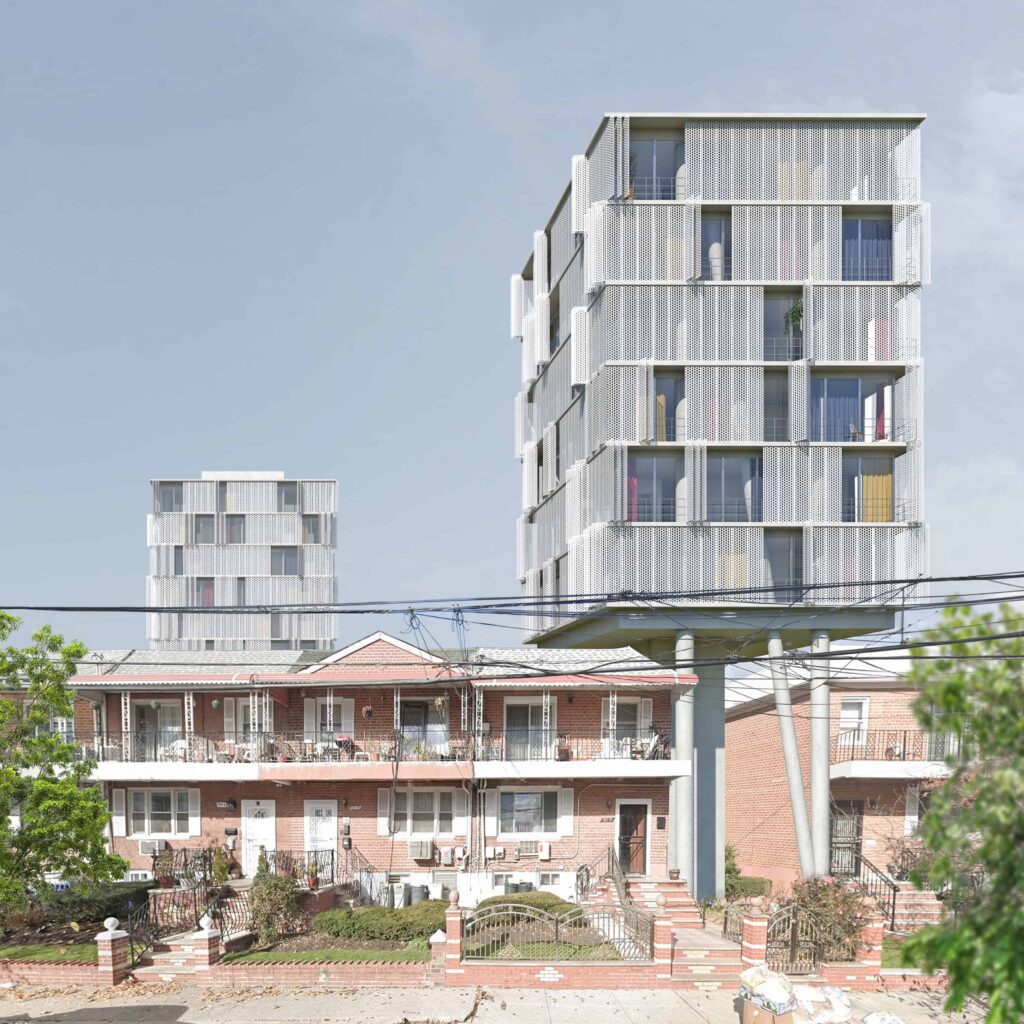
Block Edit
Chandler Caserta (MArch I ’25), Elizabeth Bowie Christoforetti -
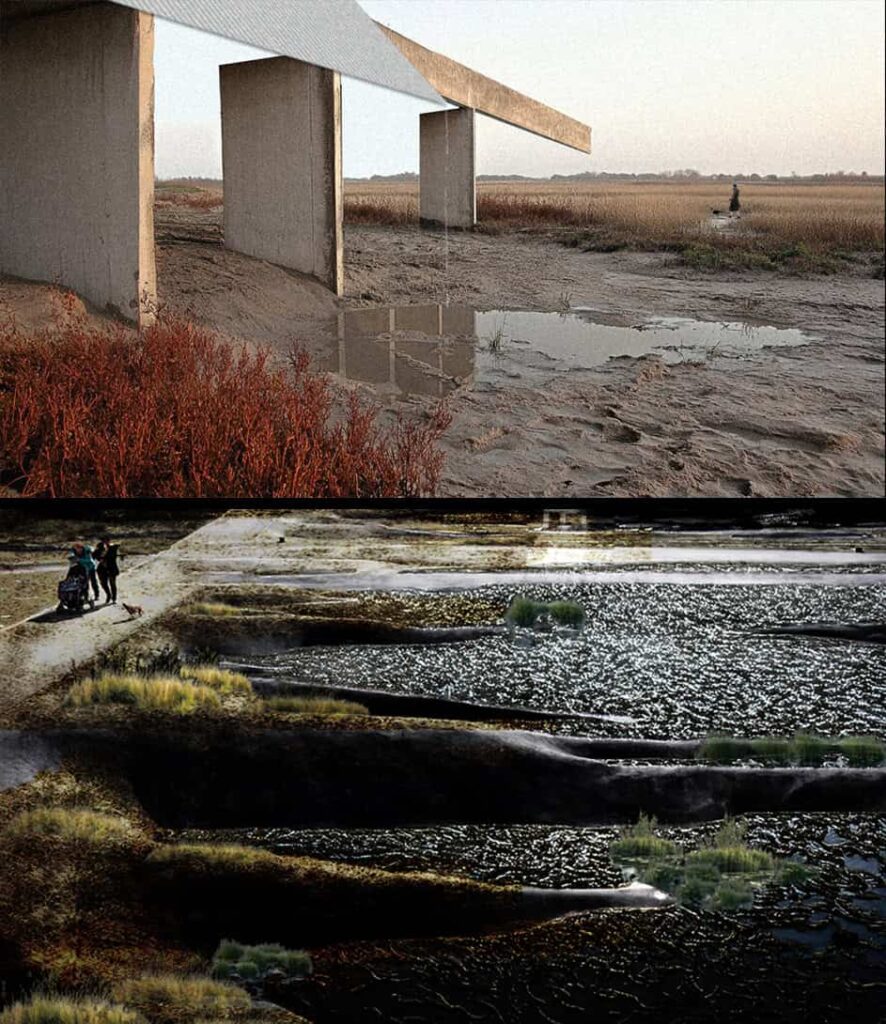
Resolution Grounds: Designing with the Fragmented Survey
Paris Bezanis (MArch I ’25) -
-
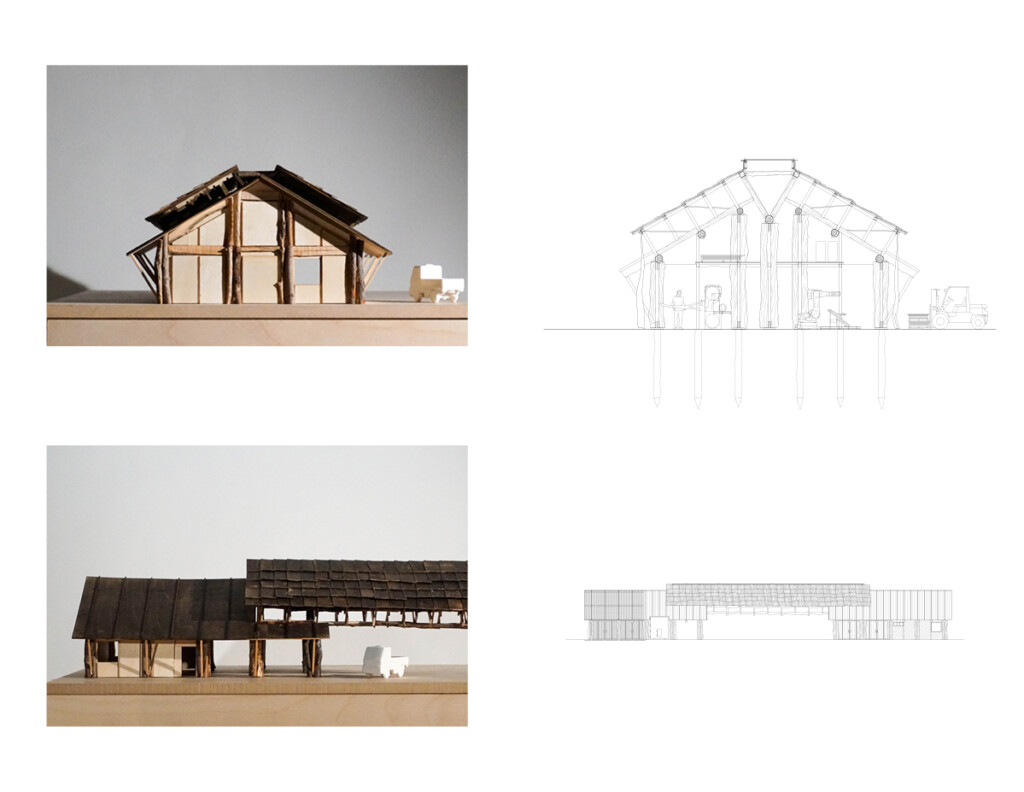
Form Follows Forest
Kei Takanami (MArch I ’25), Martin Bechthold, Jon Lott -

Infilling with Outbuildings
Nicky Rhodes (MArch I '26), Ian Erickson (MArch I '25), Nathan Lowrey (MRE '26), Vincent Jackow (MArch/MIT) -

Tectonics of Tenure: Public Infrastructure for Collective Housing
Maggie Musante, Susanne Schindler -

Walnut Park Place: Affordable Ownership Opportunities for the Egleston Square Community
Aaron Smithson (MArch/MUP '25), Cat Chen (MArch '25), Maggie Weese (MUP/MPH '24) -

Connecting Gilman Square: A New Housing and Green Space Development
Chandler Caserta (MArch I ’25), Austin Sun (MLA/MArch I ’24), Kei Takanami (MArch I ’25), Amber Zeng (MArch I ’25), Weijia Song -

SILVERLINE: A New Model for Data Centers in the Age of AI: Verticalities at the Edge of the Cloud
Ben Parker, Christopher Oh, Ziyang Dong, Jasmine Ibrahim, Thomas Oslund, Catherine Murray -
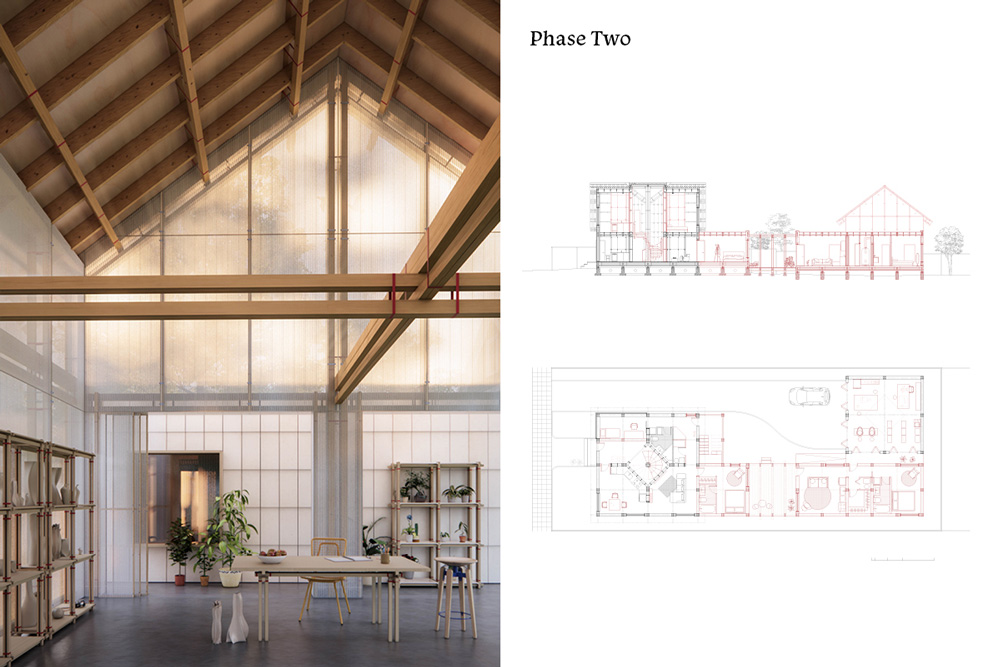
How to (Un)build a House? A Reinvention of Wood Framing
Clara Mu He (MArch I ’24), Toshiko Mori
Master in Landscape Architecture I AP
Master in Landscape Architecture I AP

Important Dates
Master in Landscape Architecture I AP
On this page
Individuals who hold an accredited professional degree in architecture, or a pre-professional undergraduate degree in landscape architecture or architecture, and a strong design portfolio, may be granted advanced standing of up to two terms, completing the MLA I in two years.
Applicants who are granted advanced standing must have completed the same pre-requisites in college-level environmental science, history of the built environment, and visual arts that are required for the MLA I, as well as courses that are roughly analogous to the course of study of the first year program in representation and history described in the MLA I curriculum, and demonstrate a high level of achievement in their design work.
PROGRAM OVERVIEW
Individuals admitted with advanced standing to the MLA I AP normally begin with the third term of the program and must complete a minimum of four terms of full-time study in residence.
Please note that the MLA I, MLA I AP, and MLA II programs are now designated as a STEM program. Accordingly, international students holding F-1 visas may be eligible for a 24-month Optional Practical Training (OPT) extension on top of their initial OPT of 12 months, for a total of 36 months, following graduation. Each F-1 student must petition United States Citizenship and Immigration Services to approve the 24-month STEM extension, and Harvard does not represent or warrant that USCIS will grant any individual petition.

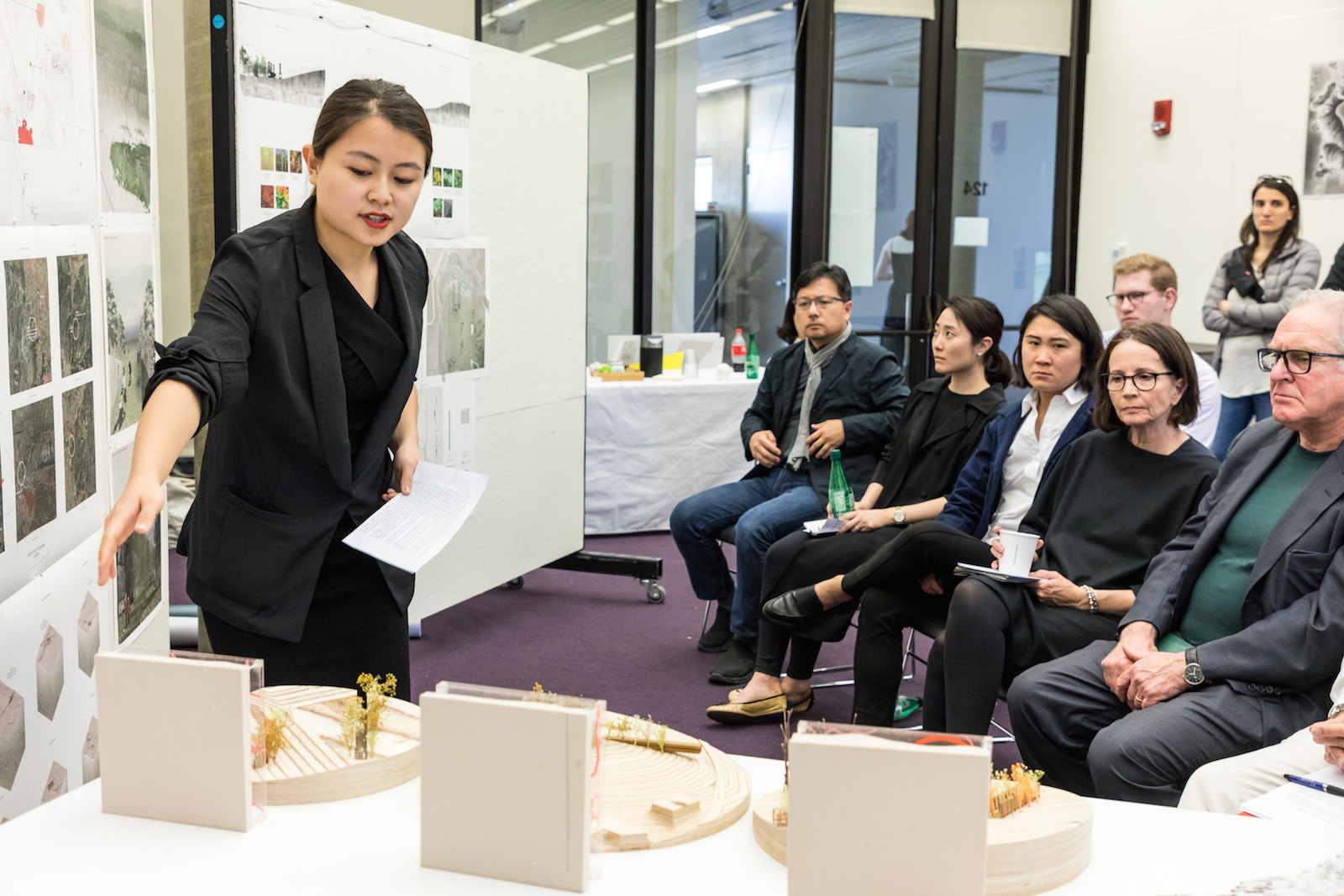
The Master of Landscape Architecture (MLA) program is accredited by the Landscape Architectural Accreditation Board. Combined with practical experience, it meets the requirements for licensure in all fifty states and the District of Columbia.
STUDENT PROJECTS
-
![Monterrey’s Urban [River] Forest: Improving Microclimatic Conditions through Public-Private Partnership Vertical Development](https://www.gsd.harvard.edu/wp-content/uploads/2024/07/Monterrey-Urban-River-Forest_PlimptonPoorvuPrize2024_Submission-1_Page_01_2-1024x663.jpg)
Monterrey’s Urban [River] Forest: Improving Microclimatic Conditions through Public-Private Partnership Vertical Development
Miguel Lantigua Inoa (MArch II/MLA AP ’24), Jaime Espinoza (MRE ’25), Chris James (MRE ’25) -
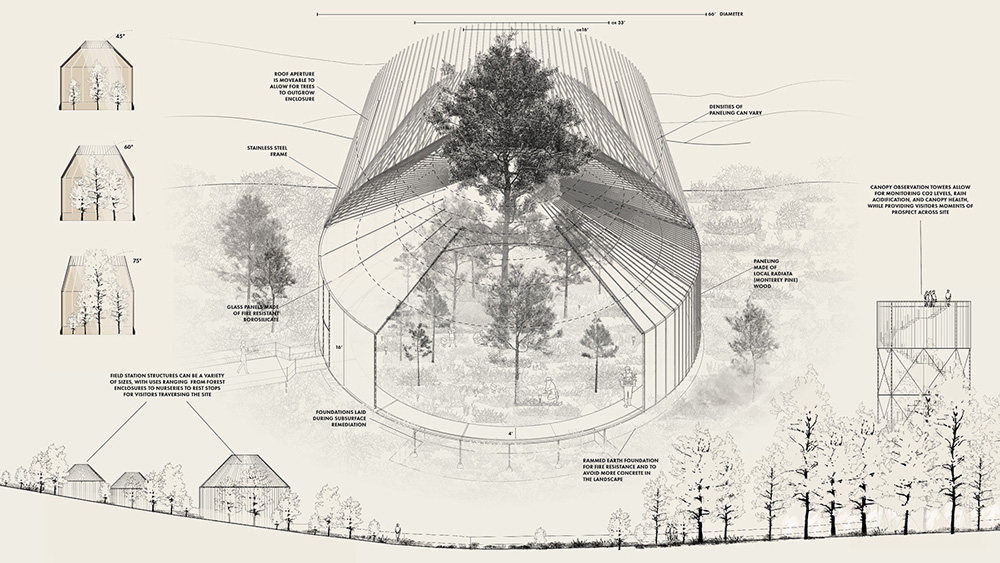
Reforesting Fort Ord
Slide Kelly (MLA I AP/MDes ’24), Amy Whitesides -

Uncommon Knowledge: Practices and Protocols for Environmental Information
Sonia Sobrino Ralston (MLA I AP '23), Rosalea Monacella -
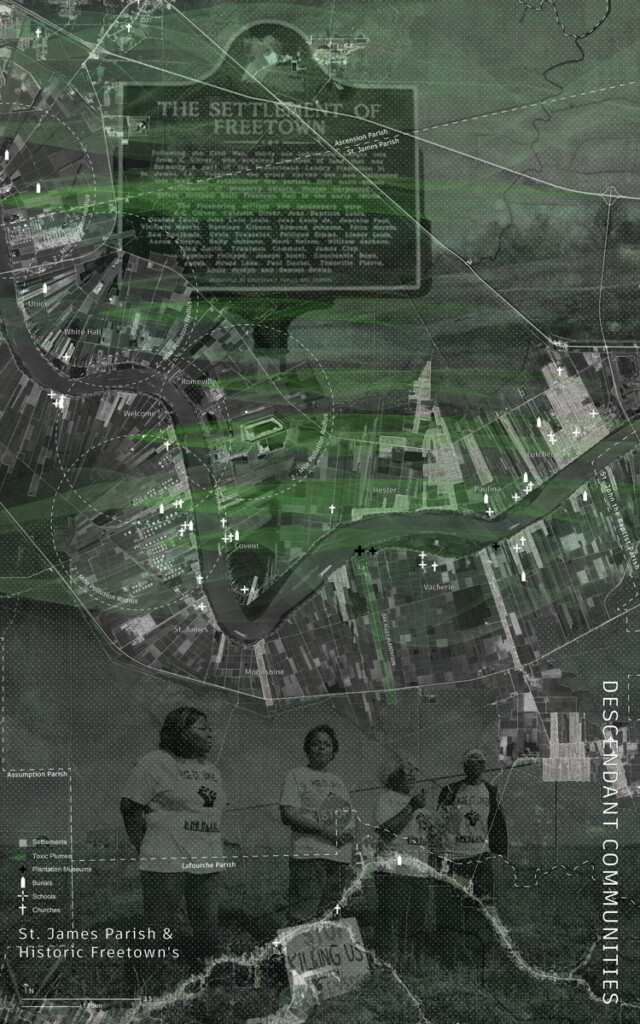
Plantation Futures: Foregrounding Lost Narratives
Celina Abba (MLA I AP '23), Enrique Cavelier (MLA I AP '23), Rosalea Monacella -

Parallel History
Hanh Nguyen (MArch II/MLA I AP ’21), Gary R. Hilderbrand -

From Humboldt to Caldas: Environmental Liberations through Tropical Altitudes
Juan David Grisales (MDes/MLA I AP '21), Pablo Pérez-Ramos -
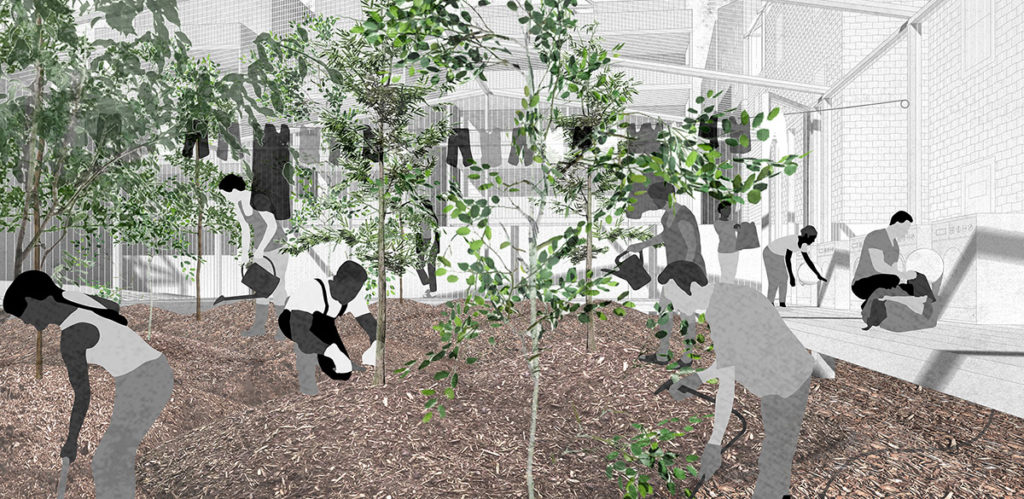
Transmission Right of Way
Fabiana Casale (MLA I AP '22), Yvonne Fang (MLA I '21), Maria Ulloa (MLA I AP '21), Rosalea Monacella -
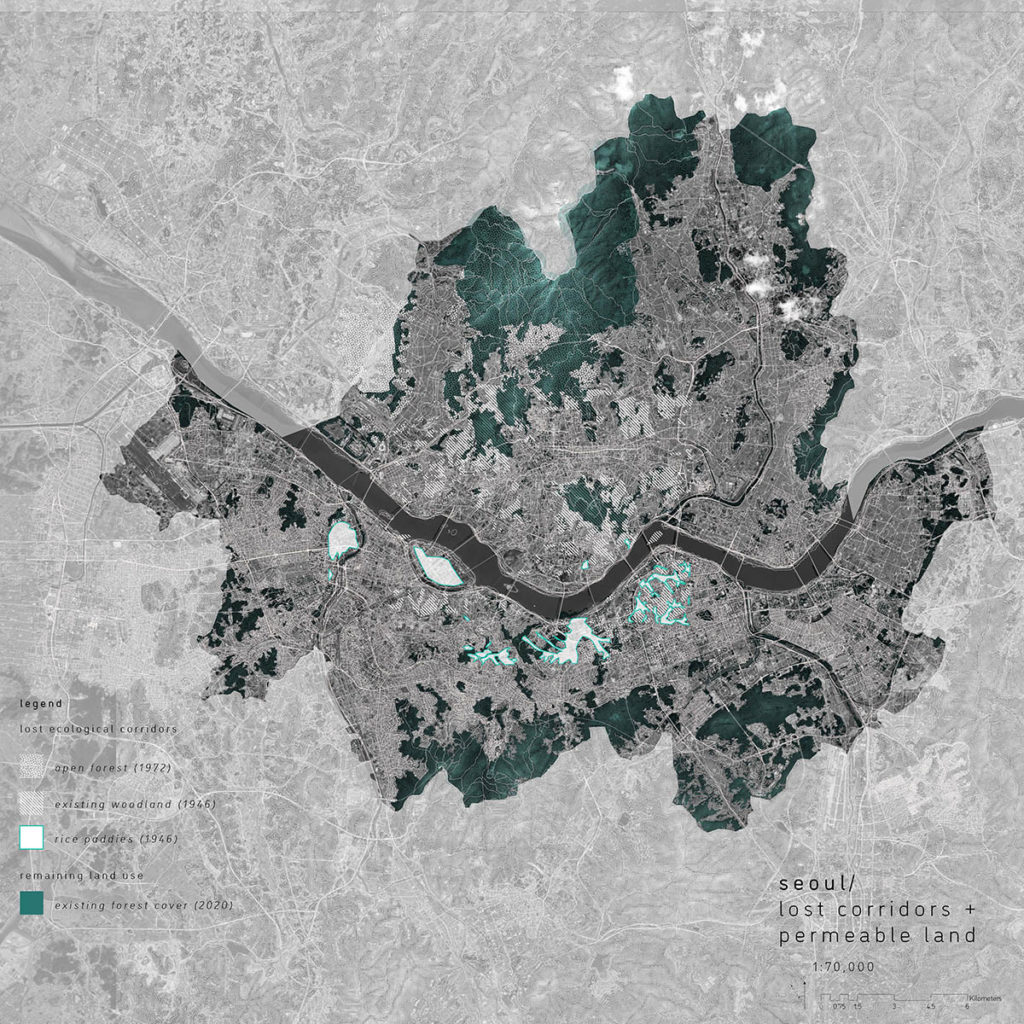
Rewilding the Urban Block: Constructing Permeability through Artificial Ground
Kari Roynesdal (MLA I AP/MUP '21), Jungyoon Kim, Yoon-Jin Park -
-
Master in Landscape Architecture I
Master in Landscape Architecture I

Important Dates
Master in Landscape Architecture I
On this page
The program stream leading to the Master in Landscape Architecture (MLA) is an accredited professional degree intended for individuals who have completed a bachelor’s degree with a major other than one of the design professions.
The curriculum of the three-year MLA I is rigorous and comprehensive, and prepares candidates for the full range of professional activities in landscape architecture. A four-semester core curriculum provides a solid intellectual base of knowledge in design, history, theory, technology, ecology, representation, and professional practice. The remaining two semesters offer the opportunity to engage in advanced studios and elective courses across all GSD departments. Particular emphasis is given to developing mastery in design in each of the six studios. For those students who want to pursue independent work, there is also the option to develop an elective design thesis in their final semester.
TESTIMONIALS

“Without the GSD, I wouldn’t be able to envision so clearly the possibilities that I have ahead of me in the next five to ten years. Much of that is because of my peers, and the passions and skill sets they bring to the school. I’ve learned so much from my cohort by digging into big questions amid discourse in the trays. It’s important to have different perspectives at the table—with classmates from different income levels and backgrounds—so that conversations aren’t one-sided or from a single point of view.”
Felicia Perez(MLA ’24)
“Grad school at the GSD has been an honor of a lifetime. I have learned so much about landscape architectural practice, and urban planning, and have developed a network of connections I would never have been able to find directly out of my undergraduate degree.”
Chadwick Bowlin(MLA ’25)
“The GSD’s emphasis on challenging conventional ‘design boundaries’ aligns with my drive to innovate and experiment within my work. Moreover, its diverse faculty and student body have enriched my perspective, encouraging me to rethink design’s role in advocating for environmental justice and climate resilience.”
Cory Page(MLA ’25)
“The GSD is also the oldest landscape architecture degree program in the world, and I wanted to be a part of this well-established institution and rich tradition. I also wanted to be a part of the GSD’s network of outstanding global design leaders.”
Sara Abduljawad(MLA I ’27)
PROGRAM OVERVIEW
Admission with No Previous Professional Education:
Individuals who have completed a four-year Bachelor of Arts or Bachelor of Science degree in any field are eligible for admission to the first term of the professional degree program. Preference for admission is given to applicants who have completed a balanced undergraduate education that includes study in the arts, sciences, and humanities. Three college-level, semester-long courses are specifically required as prerequisites for admission to the MLA I program: one semester of environmental science; one semester of history of the built environment (this could include history of architecture, history of gardens and designed landscapes, environmental history, urban history); and at least one semester of visual arts (drawing, painting, sculpture, graphics). Applicants must achieve a grade of B- or better in each of these courses. Courses in the humanities, philosophy, literature, and economics are also recommended but are not required.
For students entering the three-year MLA I program, a minimum of six terms of full-time study in residence is required.
Please note that the MLA I, MLA I AP, and MLA II programs are now designated as a STEM program. Accordingly, international students holding F-1 visas may be eligible for a 24-month Optional Practical Training (OPT) extension on top of their initial OPT of 12 months, for a total of 36 months, following graduation. Each F-1 student must petition United States Citizenship and Immigration Services to approve the 24-month STEM extension, and Harvard does not represent or warrant that USCIS will grant any individual petition.
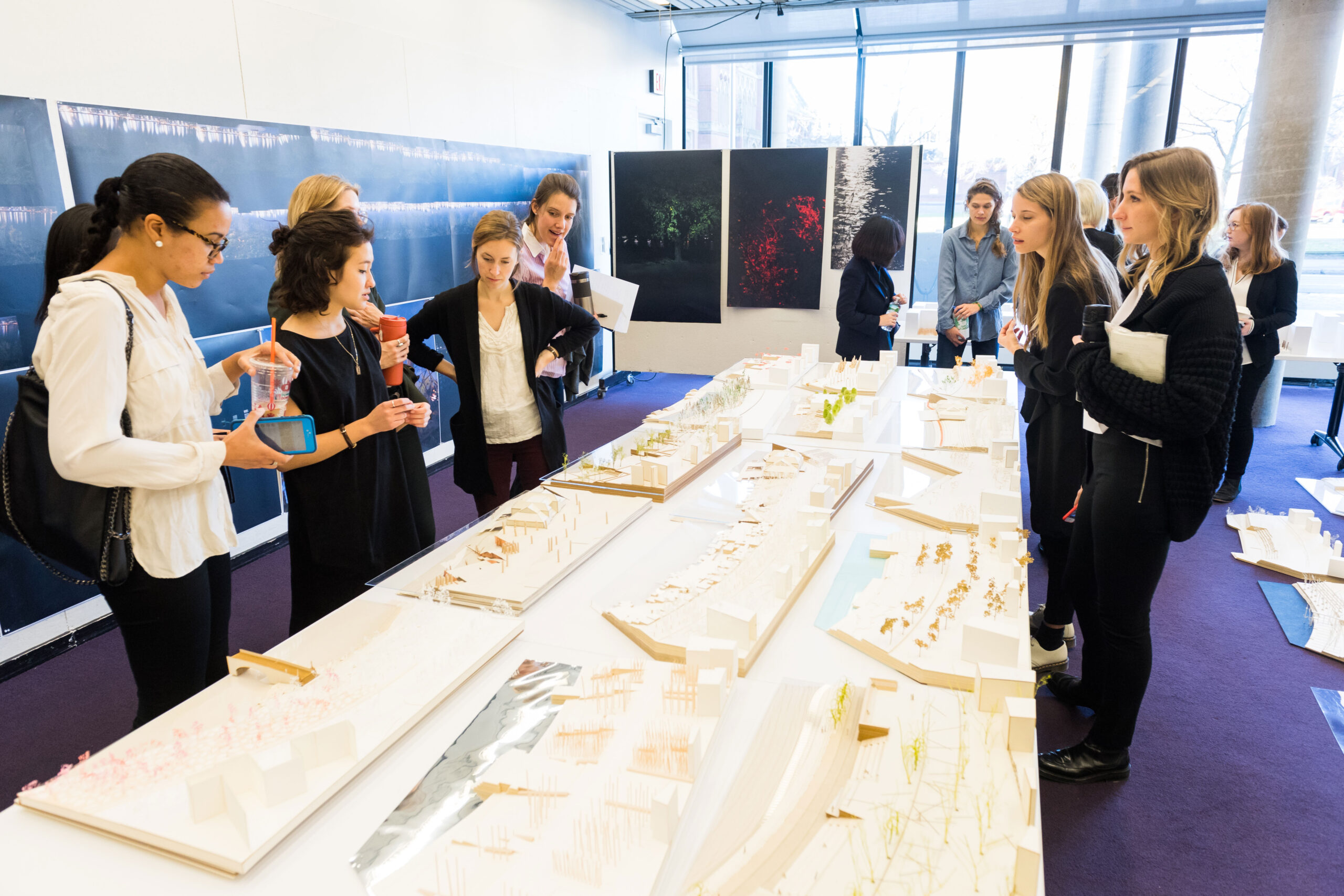
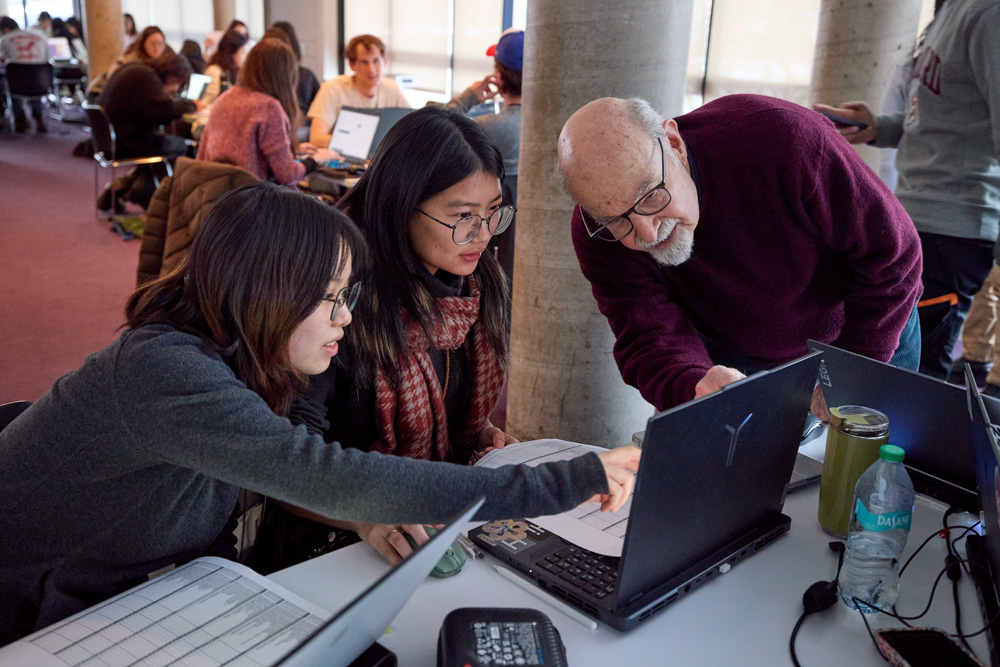
The Master of Landscape Architecture (MLA) program is accredited by the Landscape Architectural Accreditation Board. Combined with practical experience, it meets the requirements for licensure in all fifty states and the District of Columbia.
STUDENT PROJECTS
-

After Snow: The Case for an Alpine Public
Cory Robinson Page (MLA I/MUP ’25), Kira Clingen -
-

Chemical Occupations: Anti-Colonial Reactions in the Desert
Issam Azzam, Rosalea Monacella -

Seeding Grounds: Working Beyond Arcadia in The Pyrocene
Stewart Crane Sarris (MLA I ’24), Craig Douglas -

INSURGENT GEOLOGY: Mineral Matters in the Arctic
Melanie Louterbach (MLA I ’24), Rosalea Monacella -
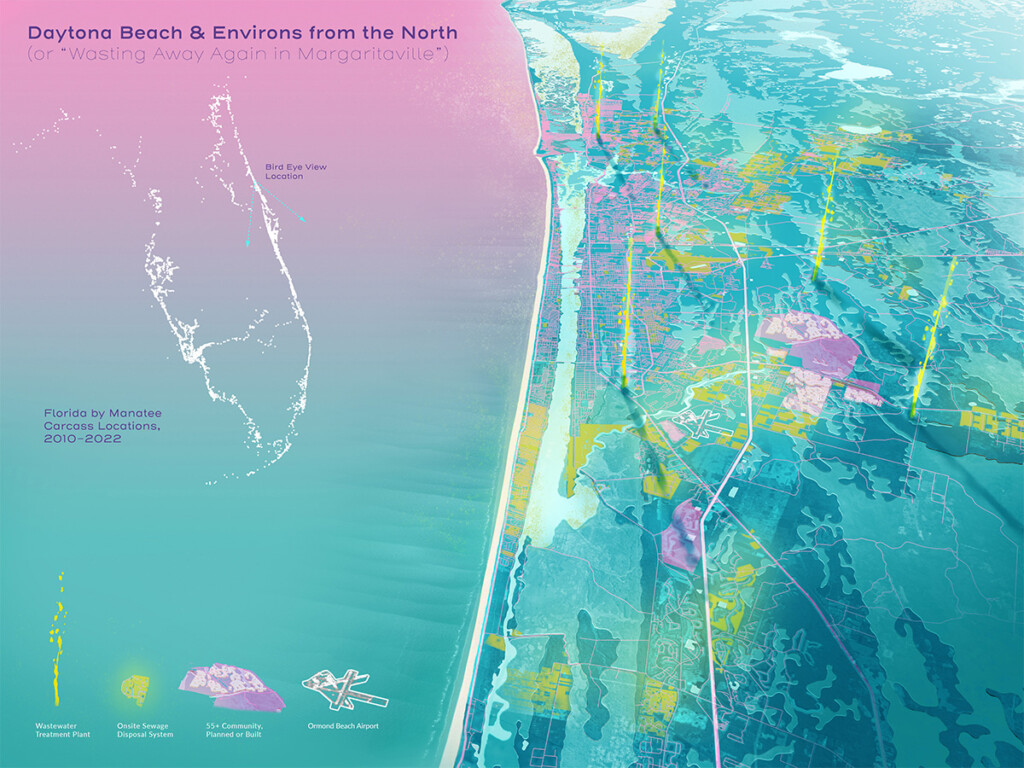
Manatees and Margaritas: Toward a Strange New Paradise
Kevin Robishaw (MLA I ’23), Craig Douglas -

The Echoes of Sky River – Two Pre-modern and Modern Atmospheric Assemblages
Liwei Shen (MLA I '22), Sergio Lopez-Pineiro -

Reciprocal Optimism: Projecting Terrestrial Analogues
Lucy Humphreys Chebot (MLA I '22), Danielle Choi -
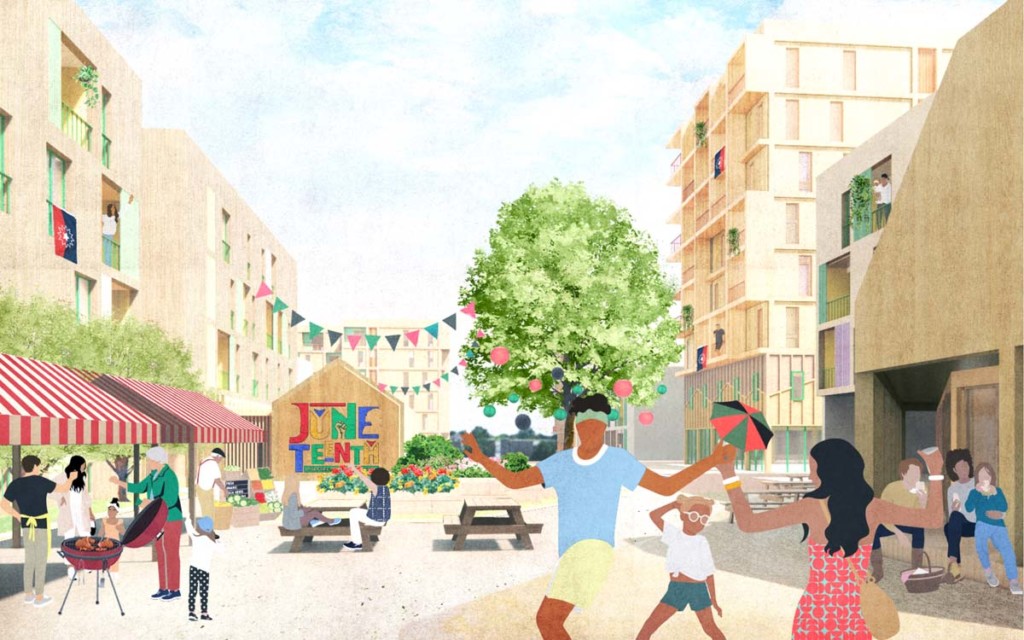
Bracing Peter Bracy
Hana Cohn (MLA I '24), Youngju Kim (MAUD ’23), Arami Matevosyan (MDes ’22), Naksha Satish (MAUD ’22), Gina Ford, Rhiannon Sinclair -

Water at the Edge: Towards Water Independence for Mexico City’s INFONAVIT Housing
Ciara Stein (MLA I/MUP ’21), Montserrat Bonvehi Rosich, Seth Denizen

